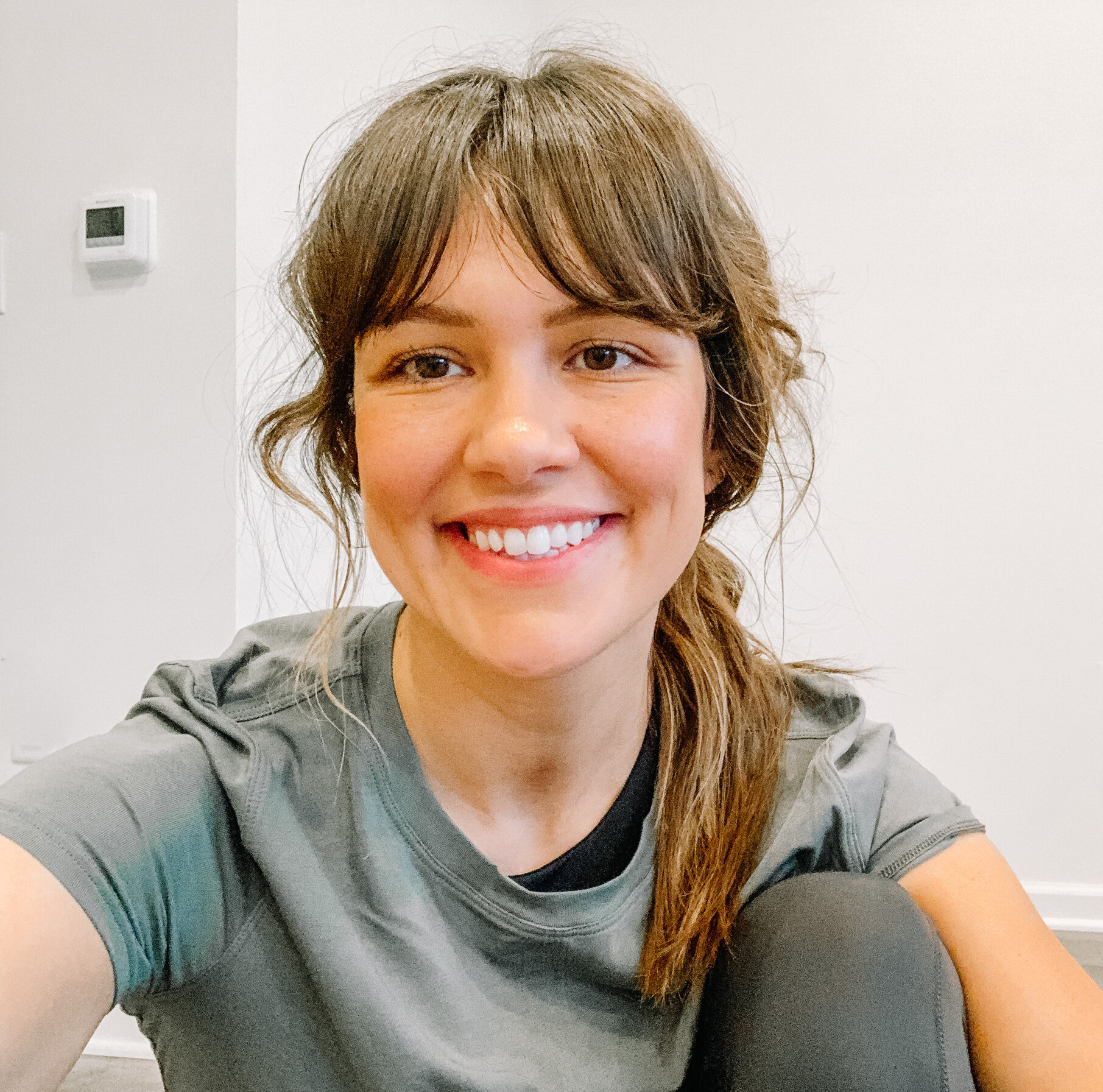In this post, we will dive into the anatomy of the hips and the importance of counterbalancing the repetitive movement we do when running. We will also walk you through five exercises that can help runners improve their hip function.

Understanding Your Hip Joint
The hip joint, aka coxal joint, is a ball and socket joint, made up of two parts:
- Femoral Head: The top part of the upper leg bone, shaped like a ball.
- Acetabulum of the Pelvis: The lower lateral part of the pelvis, shaped like a baseball mitt.
The shape of the joint allows these two bones to move in many different directions while also supporting the weight of the entire upper body. Besides the shape of the bones, many soft tissues attach and cross over the joint, contributing to both mobility and stability of the joint.
The function of this joint is integral to running, because it connects your legs to your trunk, and plays a large role in distributing force and impact while you run. If there are imbalances in the joint structures (bony articulations, or in the soft tissues) it can greatly impact your ability to run.
When we run we are moving in the sagittal plane (front to back), primarily activating the muscles in the front and back of our legs. When we run a lot our entire body will start to conform to the repetitive shape we are making. Some of our muscles may become stronger, some weaker, some may shorten, some may lengthen - and not necessarily in a balanced way.
For example, perhaps your quads and hip flexors become really developed while the muscles of the lateral (outer) hip get weaker. This imbalance can destabilize the joint. When a muscle imbalance occurs, there will often be an uneven distribution of force on the joint. This uneven distribution of force can then lead to physical compensation, leading to further imbalances. Eventually, this can lead to a loss of optimal function and even injury.
Finding Balance Between Hip Mobility And Stability
To avoid these kinds of imbalances it’s important to diversify the types of movement you practice, beyond running. Specifically, aim to integrate movements that mobilize and stabilize your hip joint in the following ways:
- Side to side movements (lateral plane)
- Rotational movements (transverse plane)
- Movements that target deeper hip stabilizing muscles, and help support the joint when in motion
As I mentioned, running primarily occurs in the sagittal plane (front to back movements). Thus, it is incredibly important to create more balance in the hip joint by moving your body in ways that counterbalance your running routine. In order to avoid imbalances and injury, we need to focus on strengthening the hip joint in the lateral and transverse planes with side-to-side and rotational movements. Another important focus is on targeting smaller, deep hip stabilizing muscles in order to support the joint while in motion.
5 Exercises To Help Support Your Running Routine
With all that in mind, here are my five favorites:
I’ll walk you through these in the video, below.
![]()

![]()



